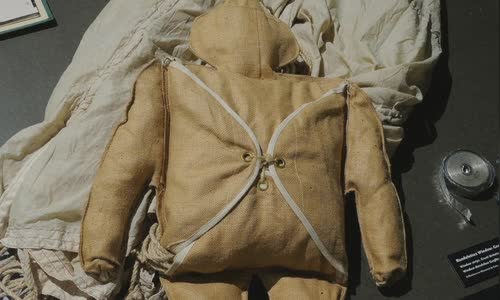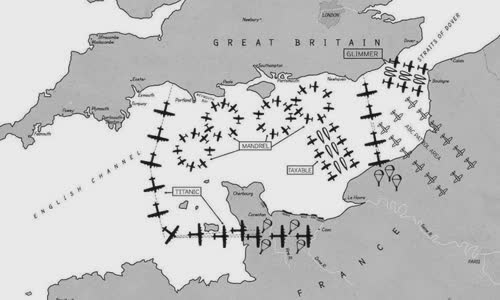Allies drop hundreds of mannequins with noise and explosives in the Titani campaign to false fascism.
On the night of April 5, 1944, the Air Force Film No. 90, 138, 149 and 161 of the US Air Force Joint Stock Company removed in the UK, towards northern France.

Photo: Memorial Caen.
At the same time, thousands of allies of the soldiers of the soldiers of the soldiers of 82 and 101 US and his No. 6 Division are also on their way to the landing area in Normandy.
A rupler mannequin used in the Titanic campaign.
The aircraft belongs to the No. 3 team flying with the roadmap but not to the above location and does not carry large amounts of soldiers.
Titanic is the last blow in an effort to false the fascist to bring the Bodyguard campaign (bodyguard).
These efforts to bring large amounts of warships, aircraft, soldiers, tanks and other equipment to the campaign fighting position before the campaign.
The main goal of the Titanic campaign is to drop about 400 fake soldiers, nicknamed Rupert, down to 4 landing areas around Normandy.
In addition, the aircraft of the 3rd part also dropped two Task Force Sas near the city of Saint-Lo, the big target of the Allies, before the road landing was not really here.

Photo: USAF
NVA Campaigns of Allies night 5/6/1944.
Some planes also drop bait traps as aluminum fibers or metal-wrapped paper to fool enemy radars.
Although it is difficult to determine the exact effect of the Titanic campaign, there is a significant evidence that it has contributed to the victory of confusion about what's going on.
Meanwhile, the SS forces ordered to deploy a tank division dealing in one of the fake landings of the Allies in Caen city.
Although considered a successful campaign, Titanic is also subject to some losses.
Nearly 80 years after Normandy campaign, diversionary activities and psychological wars to entice enemy's attention from the actual goal is still an important part of today's modern war, military experts Joseph Trevithick



 Nadine Dauphin-Simmons
Nadine Dauphin-Simmons







